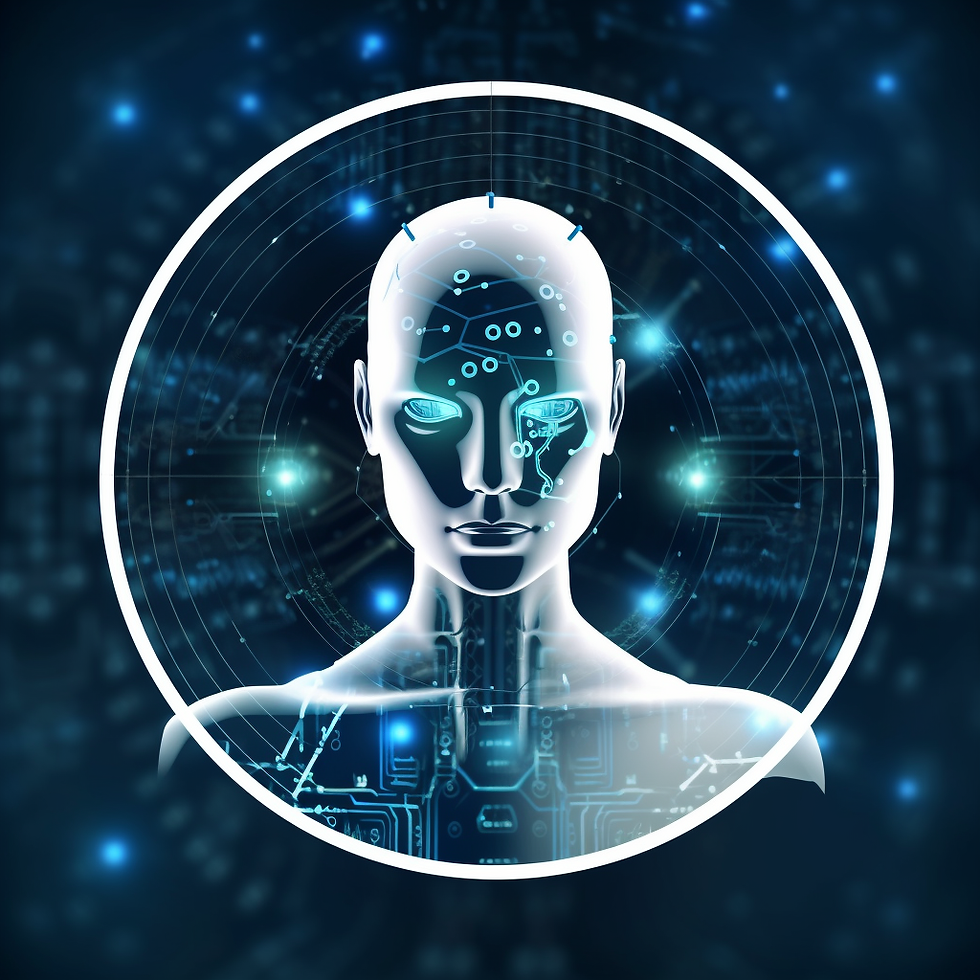NeRF: A Glimpse into the Future of 3D Rendering and Its Implications for Supply Chain
- mhaupt5
- Nov 4, 2023
- 2 min read

| Introduction
Neural Radiance Fields, or NeRF, is an innovative technique in the realm of 3D rendering. Born from the intersection of computer graphics and deep learning, NeRF employs neural networks to represent 3D scenes using 2D images. This technique has the potential to redefine how we visualize, understand, and interact with digital content.
| Origins and Significance
Originating from research in machine learning, NeRF leverages the power of neural networks to convert a collection of 2D images into detailed and consistent 3D scenes. Unlike traditional 3D rendering, which requires manual input and adjustment, NeRF automates and refines this process, making it faster and more accurate. As we move deeper into the digital age, such technologies can have profound implications for industries across the board.
| The State of NeRF in Q4/2023
By the end of 2023, NeRF has evolved from a promising research topic into a viable commercial technology. Tech giants and startups alike are investing in NeRF-driven applications, from virtual reality to digital content creation. The algorithms have become more efficient, and the integration with existing graphics hardware has broadened its accessibility.
| NeRF in Supply Chain Applications
Enhanced Product Visualization: Suppliers can create detailed 3D models of products, facilitating better communication with distributors and end-users.
Virtual Warehousing: Imagine navigating a warehouse in 3D from the comfort of your office, allowing for better space optimization and inventory management.
Training and Simulation: NeRF can be used to create realistic 3D environments for training personnel in logistics, handling machinery, and more.
Infrastructure Adaptability Analysis: Using NeRF combined with AR or MR, decision-makers can overlay detailed 3D models of proposed machinery or systems onto the real-world view of their existing infrastructure. This immersive experience allows for a real-time feasibility analysis of infrastructure changes, helping to ensure smooth transitions and minimize operational disruptions.
Dynamic Space Optimization with AR: Leveraging the capabilities of NeRF and AR, warehouse managers can visualize real-time 3D simulations of their storage spaces. By "walking through" different storage scenarios using AR glasses, they can preemptively adjust layouts or storage strategies, enhancing operational efficiency.
Virtual Training Environments: Merging NeRF's detailed rendering with VR creates a fully immersive training environment. This can be invaluable for training staff on new machinery, safety protocols, or warehouse layouts before they are physically implemented.
| Interplay with AI, Blockchain, and Spatial Computing
While NeRF is fundamentally a product of AI, its integration with other technologies like blockchain and spatial computing can further amplify its potential.
Enhanced Data Visualization with AR/VR: Integrating NeRF's 3D capabilities with AR or VR means complex datasets, like supply chain logistics or inventory levels, can be visualized in three dimensions. This immersive experience can provide decision-makers with deeper insights and a more intuitive understanding of data.
Secure Mixed Reality Experiences: Combining the authentication capabilities of blockchain with MR can ensure that the 3D visuals and data being interacted with are genuine and haven't been tampered with. This can be crucial when making decisions based on virtual representations of real-world assets.
| Conclusion
With the integration of spatial computing, NeRF's applications in supply chain become even more dynamic and interactive, offering a blend of the digital and physical worlds for enhanced decision-making. As we approach 2024, this fusion of technologies promises to reshape the landscape of supply chain management and beyond.




Comments